Save Hundreds with our Pre-Order Pricing starting at $799 CAD on an FKM Rubber Strap or Canvas & Leather. Our full Titanium Bracelet option will start at $919 CAD
Our goal is to start shipping our pre-orders in August 2025.
You will be able to get hands on with the watch for the first time at the Vancouver Timepiece Show which is running from April 25th to the 27th at the Pipeshop at Shipyards in north Vancouver.
Why we choose Grade 5 Titanium
Grade 5 titanium (also known as Ti-6Al-4V) is considered superior to Grade 2 titanium (pure titanium) in many applications due to a combination of enhanced mechanical properties, versatility, and strength-to-weight ratio. Here’s a breakdown of why Grade 5 is superior over Grade 2:
1. Strength
- Grade 5 titanium is an alloy composed of 90% titanium, 6% aluminum, and 4% vanadium. This composition significantly increases its strength compared to pure titanium.
- Grade 2 titanium is commercially pure titanium, meaning it doesn’t contain any alloying elements. While it is known for good strength relative to its weight, it doesn’t reach the high-strength levels of Grade 5.
2. Weight-to-Strength Ratio
- Grade 5 has a much higher strength-to-weight ratio, meaning it can withstand greater stresses and loads while still being relatively light. This makes it ideal for aerospace, medical, and high-performance applications where both strength and weight are critical considerations.
3. Corrosion Resistance
- Both Grade 2 and Grade 5 titanium offer excellent resistance to corrosion, including in marine and industrial environments. However, Grade 5 might exhibit slightly less corrosion resistance than Grade 2 due to the presence of alloying elements, though the difference is generally minor and won’t be significant in most applications.
4. Durability and Fatigue Resistance
- Grade 5 titanium is known for its high fatigue resistance, meaning it can endure repeated cycles of stress without failing. This makes it especially valuable in applications where components experience fluctuating loads or vibrations, such as in aircraft structures and engine components.
- Grade 2 titanium also has good fatigue resistance but doesn’t match the performance of Grade 5 in high-stress environments.
5. Temperature Resistance
- Grade 5 titanium performs better at higher temperatures compared to Grade 2, due to the alloying elements like aluminum and vanadium. This makes Grade 5 suitable for applications in engines, turbines, and other high-temperature environments where Grade 2 might be prone to weakening.
6. Applications
- Grade 5 titanium is more widely used in aerospace, medical devices (such as implants and prosthetics), marine, and automotive industries due to its higher strength and versatility. It’s also used in high-performance engineering applications such as sporting equipment, aircraft parts, and high-end bicycle frames.
- Grade 2 titanium, while it has excellent corrosion resistance, is mainly used in situations where high strength is less critical, such as in chemical processing, food processing, and other applications requiring high corrosion resistance but not necessarily high mechanical strength.
7. Machinability
- Grade 2 titanium is easier to machine compared to Grade 5 because it’s more ductile and doesn’t have the added hardness of the alloying elements in Grade 5. However, the added difficulty in machining Grade 5 is often considered a worthwhile tradeoff given its superior performance characteristics.
Summary
Grade 5 titanium’s superior mechanical properties—especially its higher strength, improved fatigue resistance, and better temperature tolerance—make it a more versatile material in demanding applications. Grade 2 titanium, while still excellent in terms of corrosion resistance and workability, is generally not as strong or durable as Grade 5, limiting its use in high-performance applications.

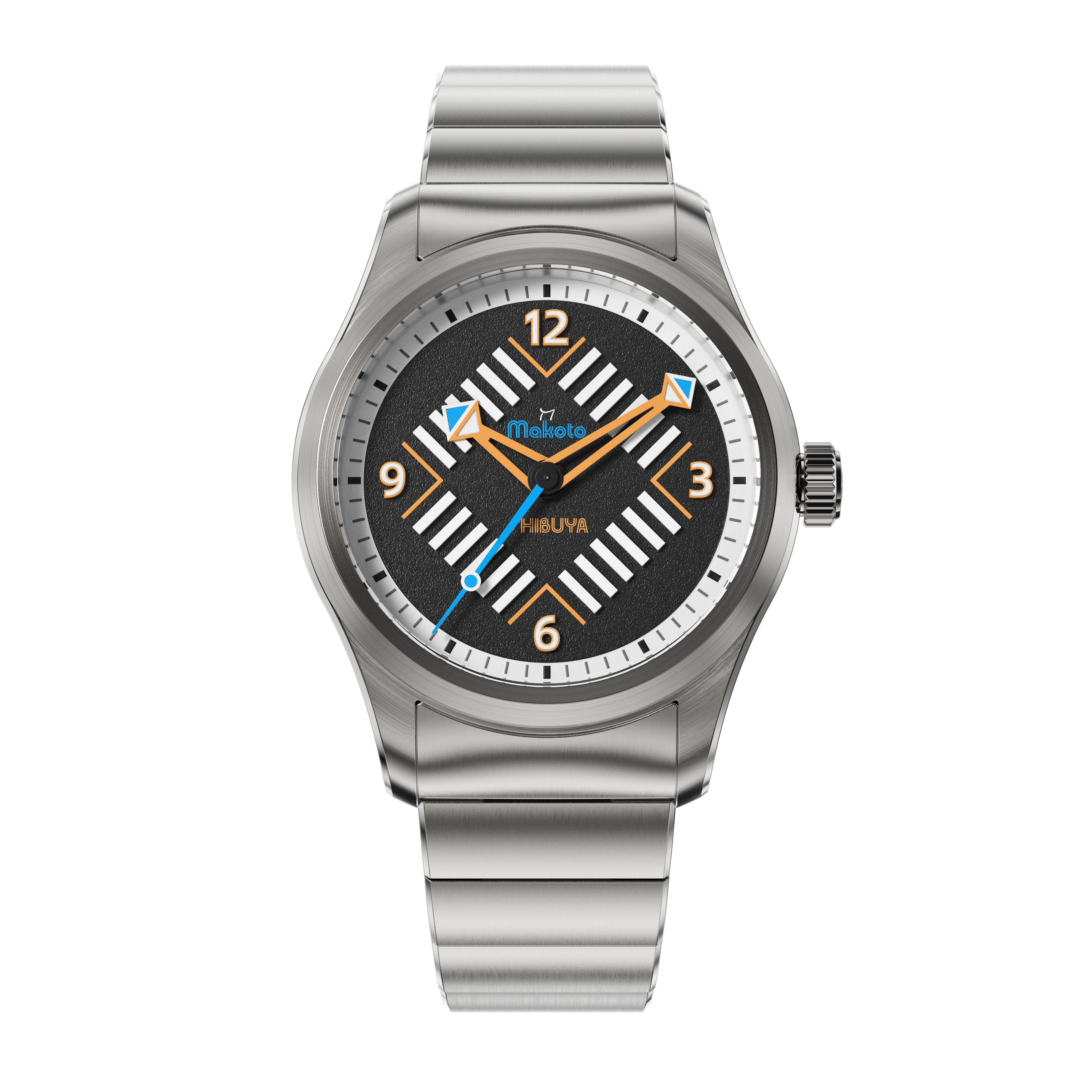
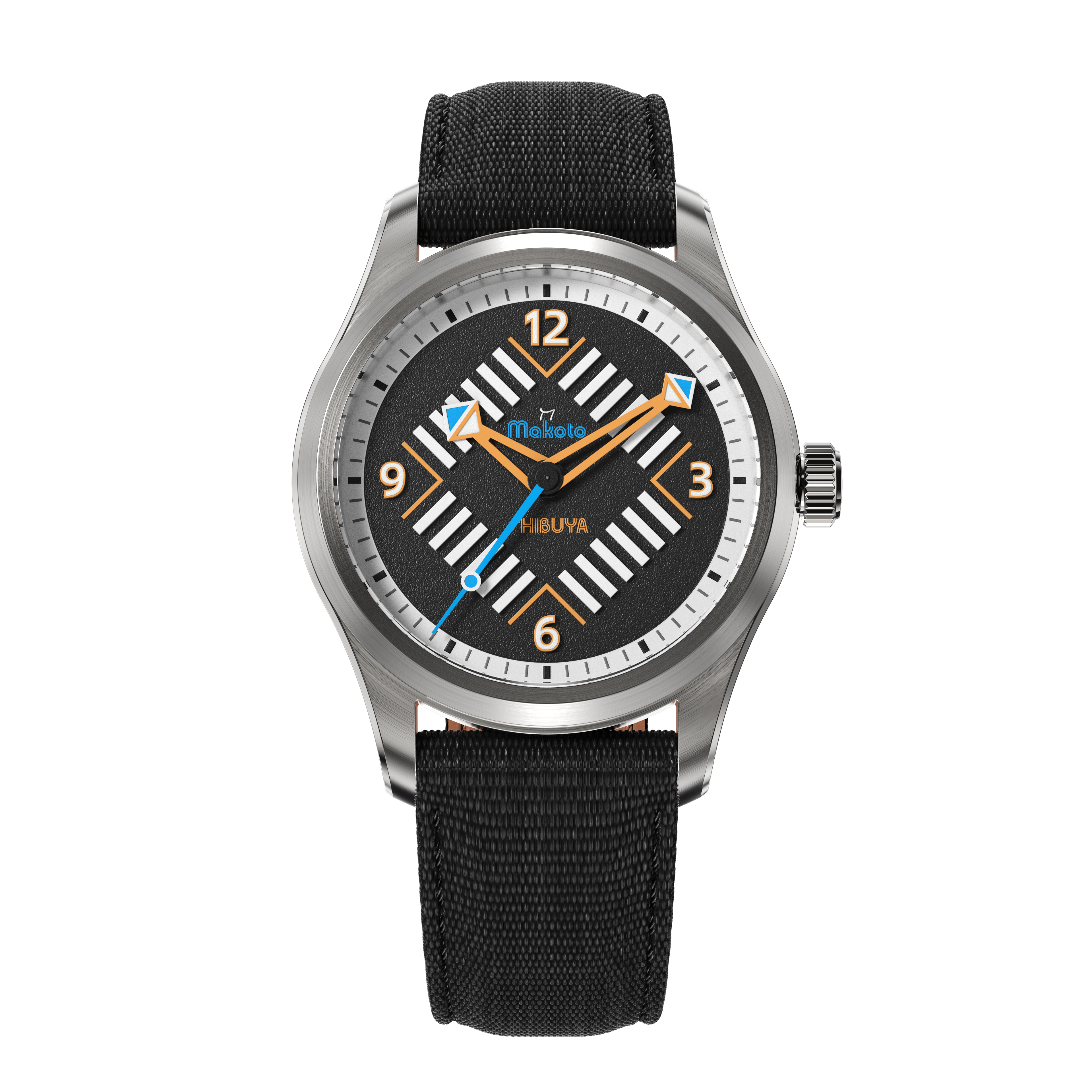
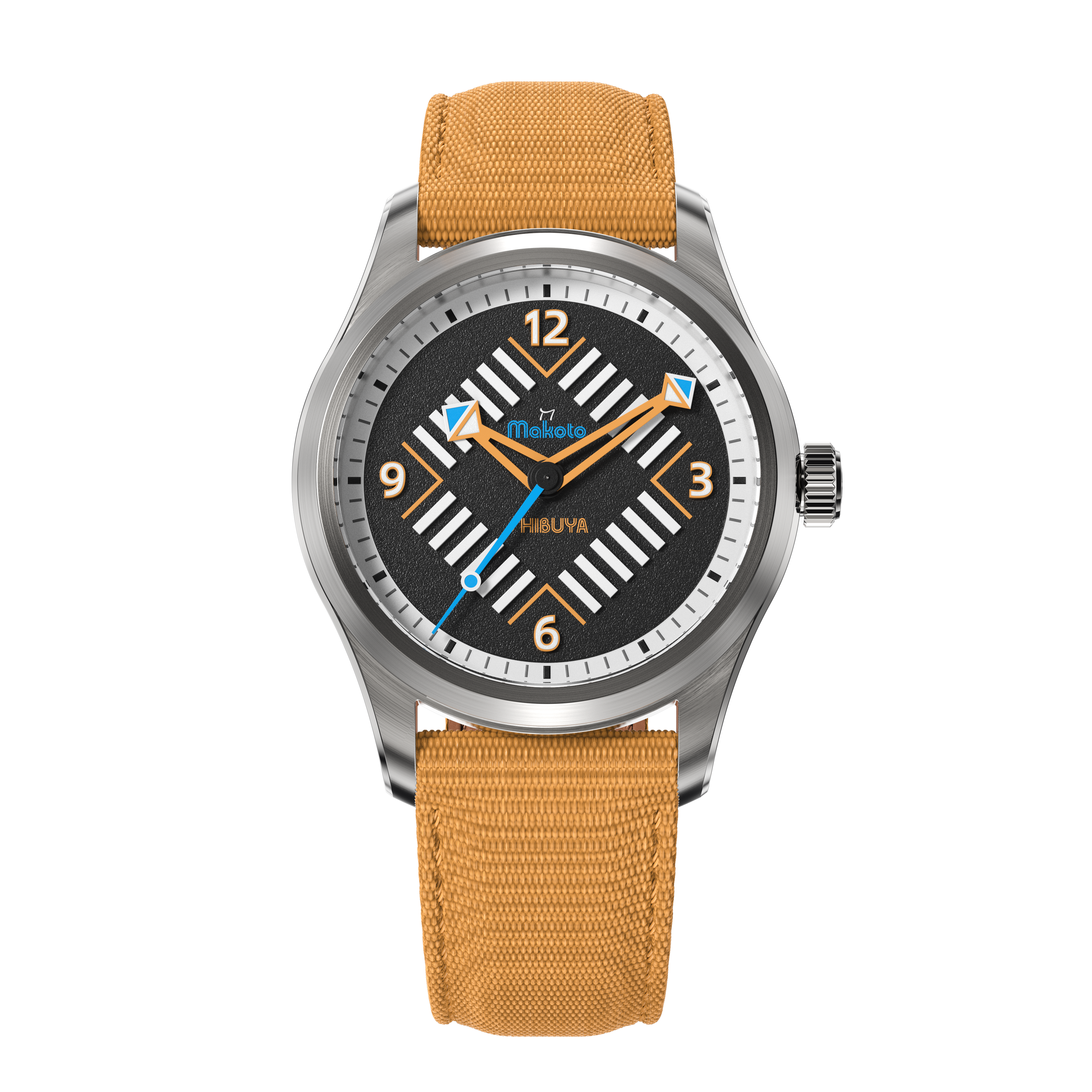

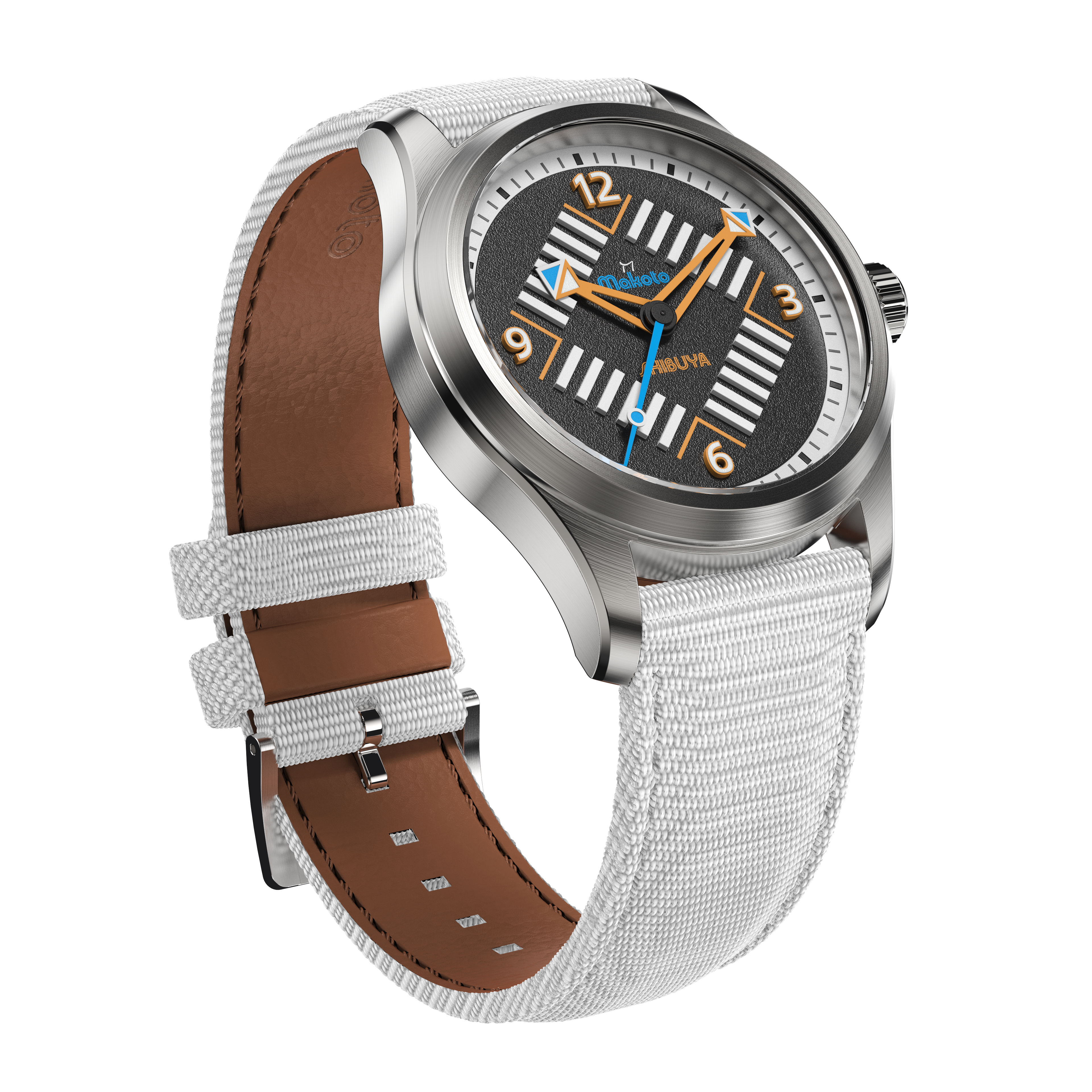




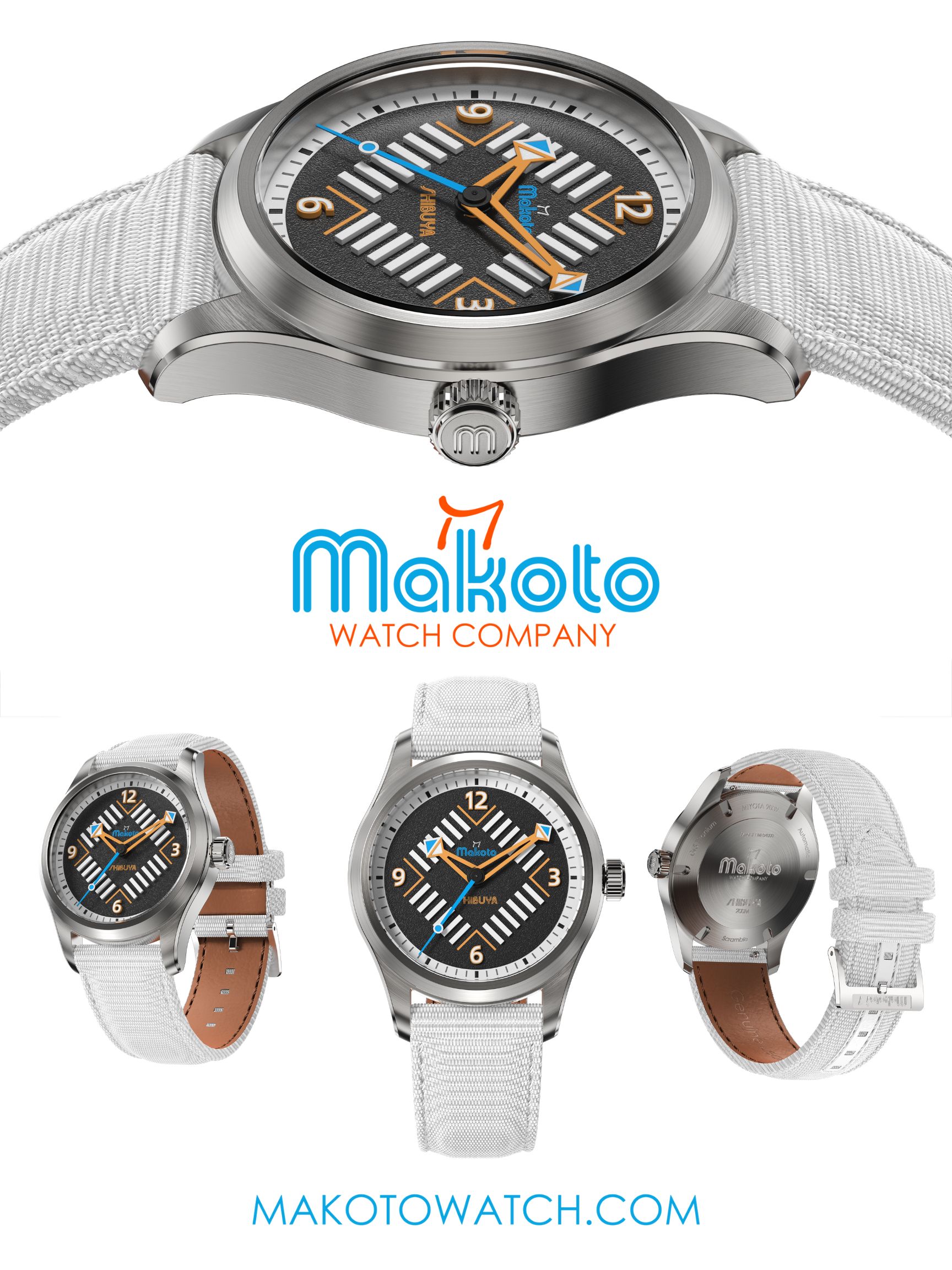
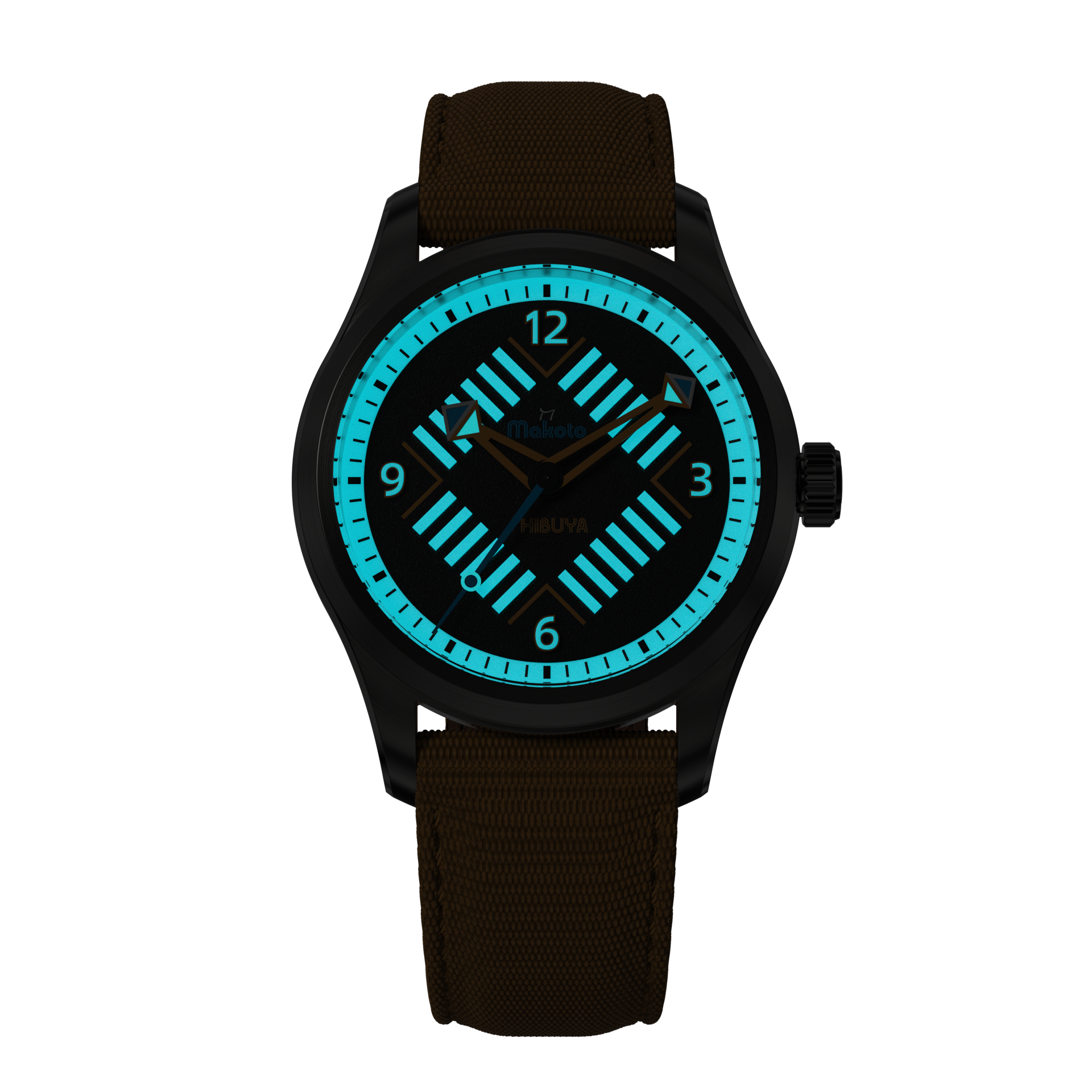
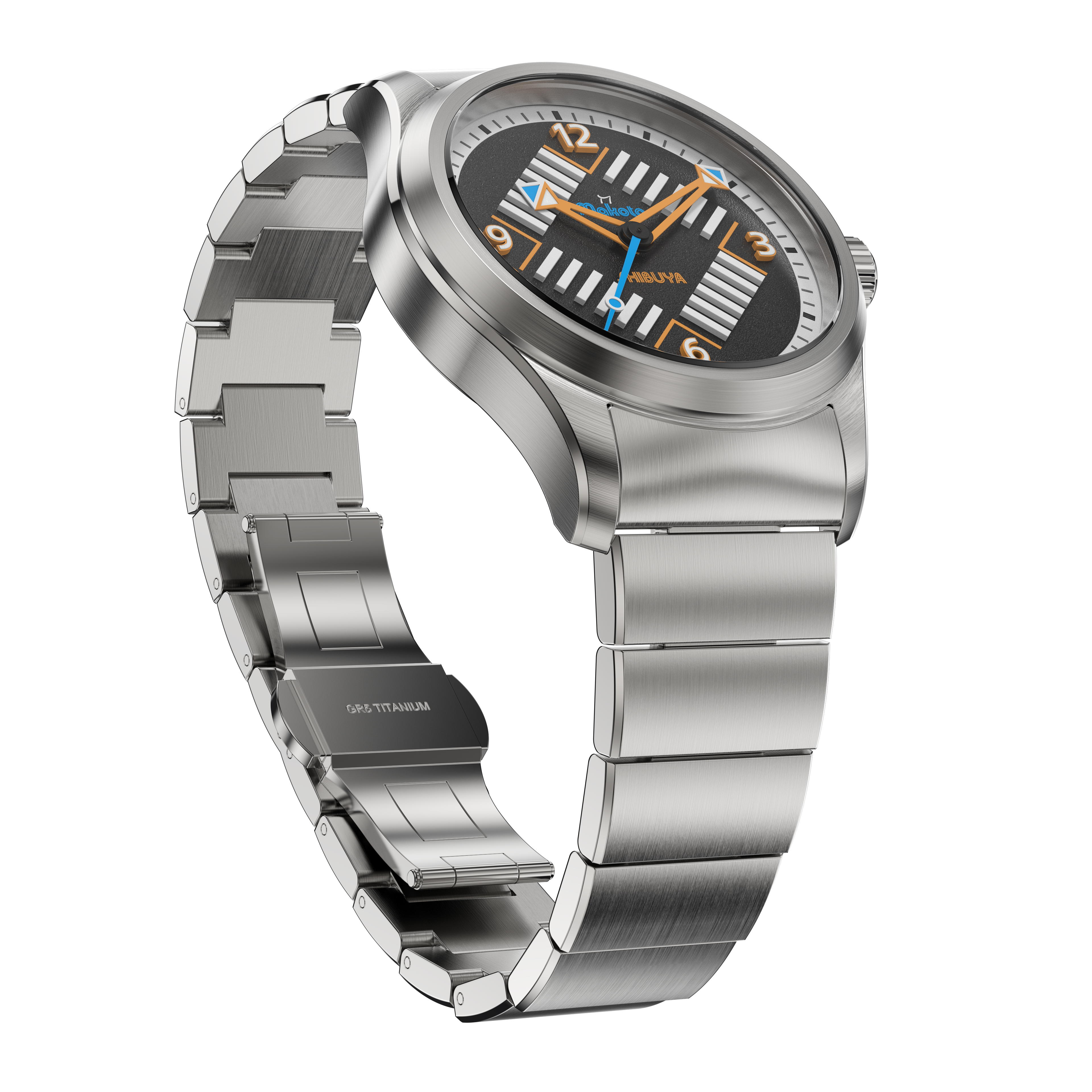

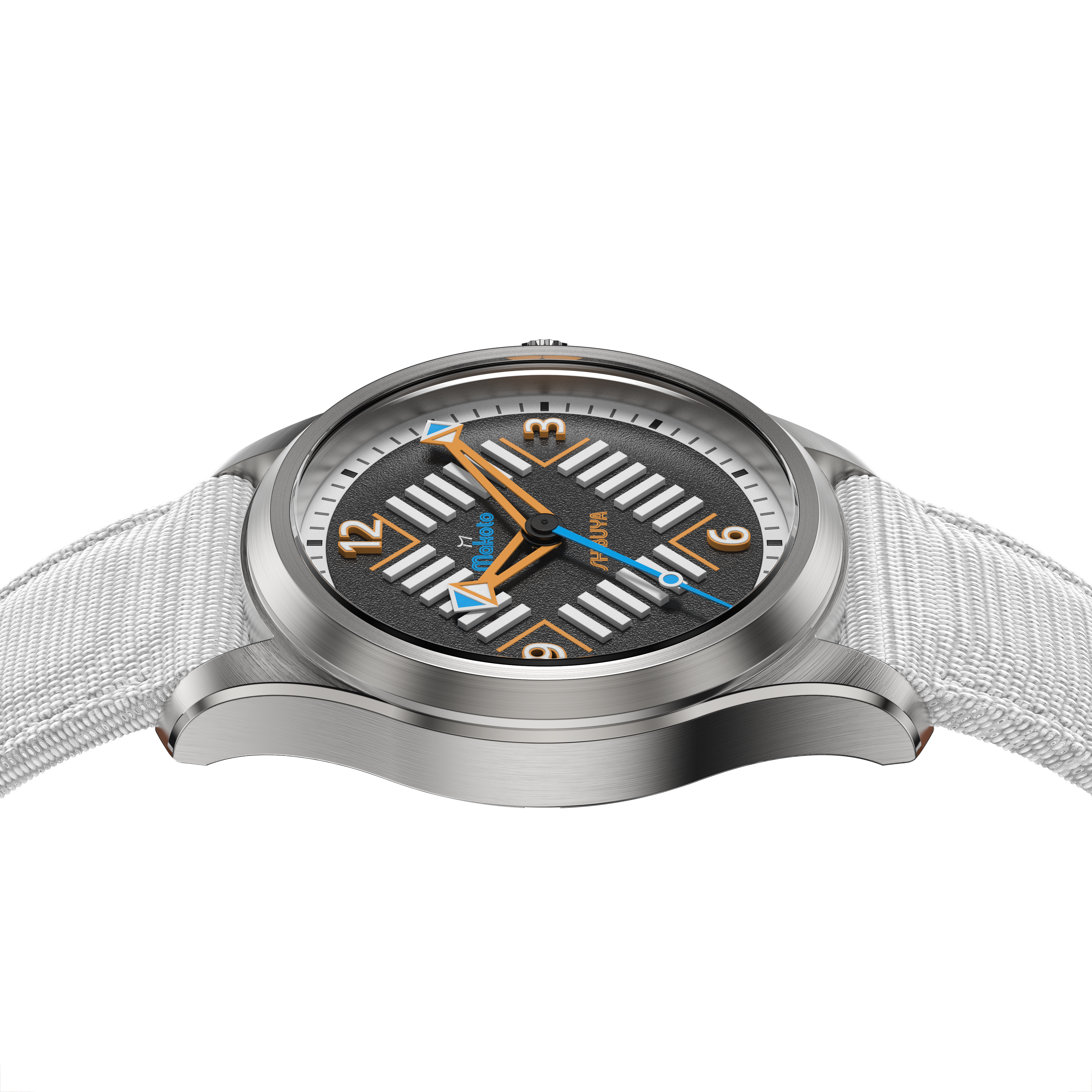
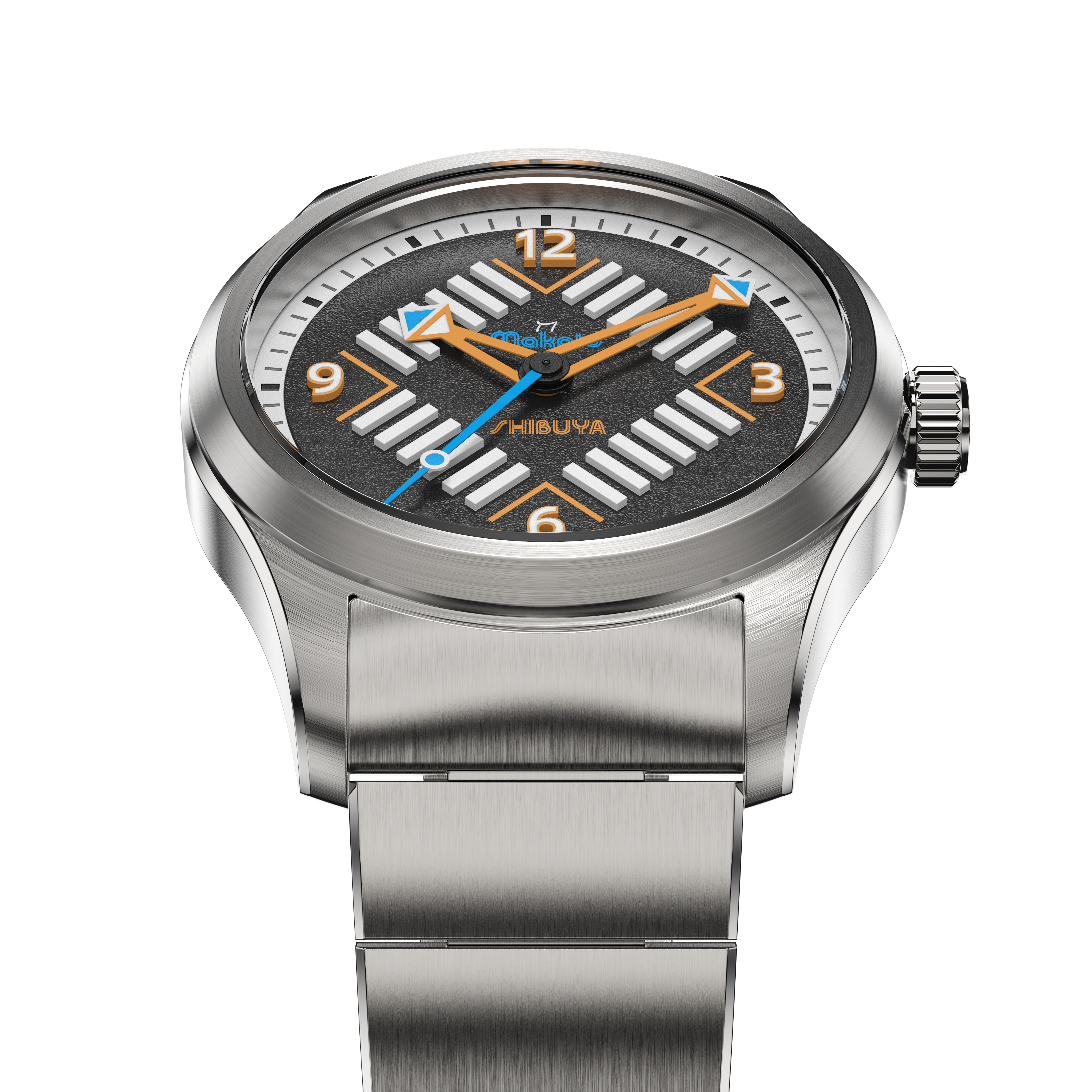

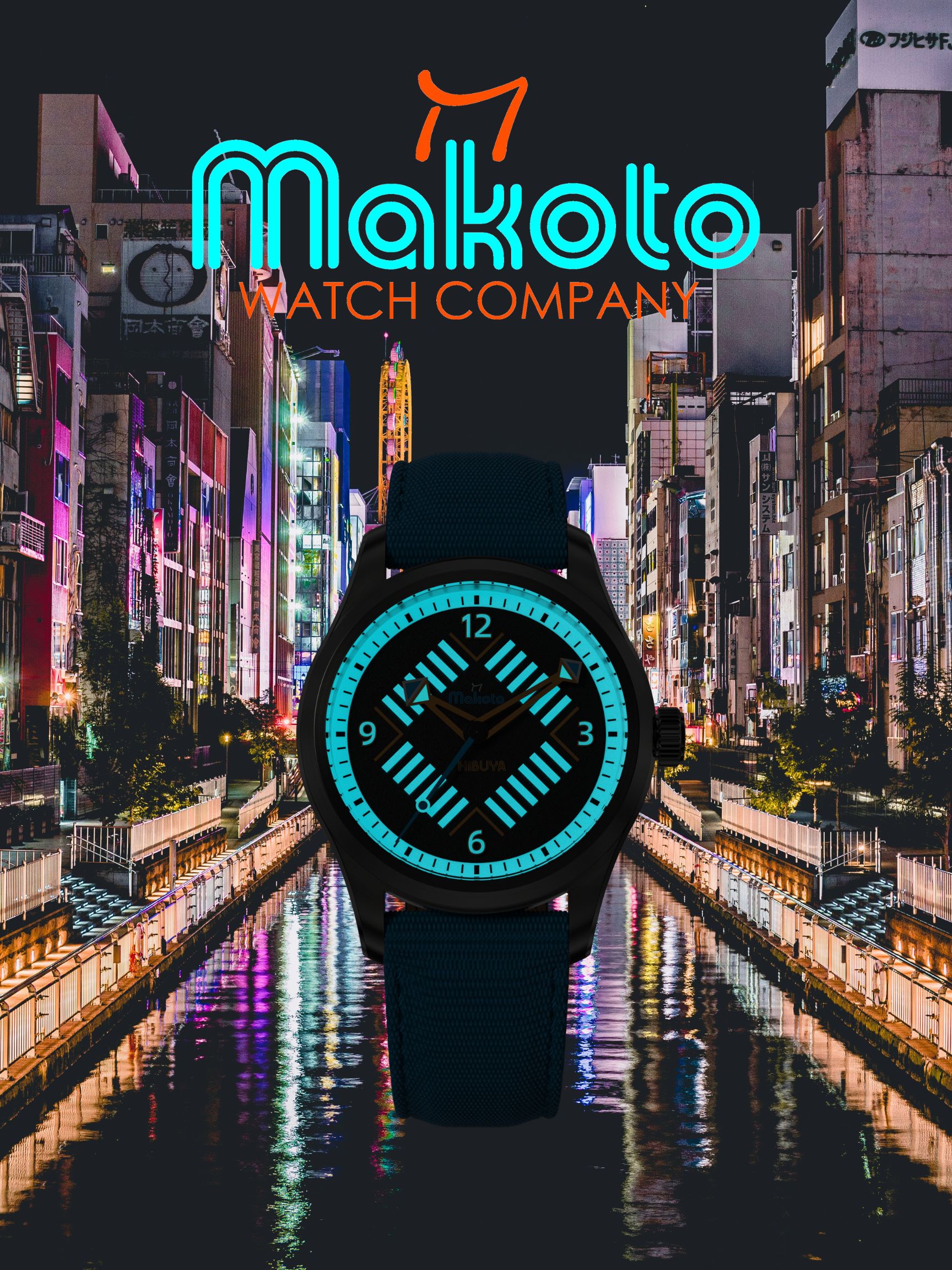
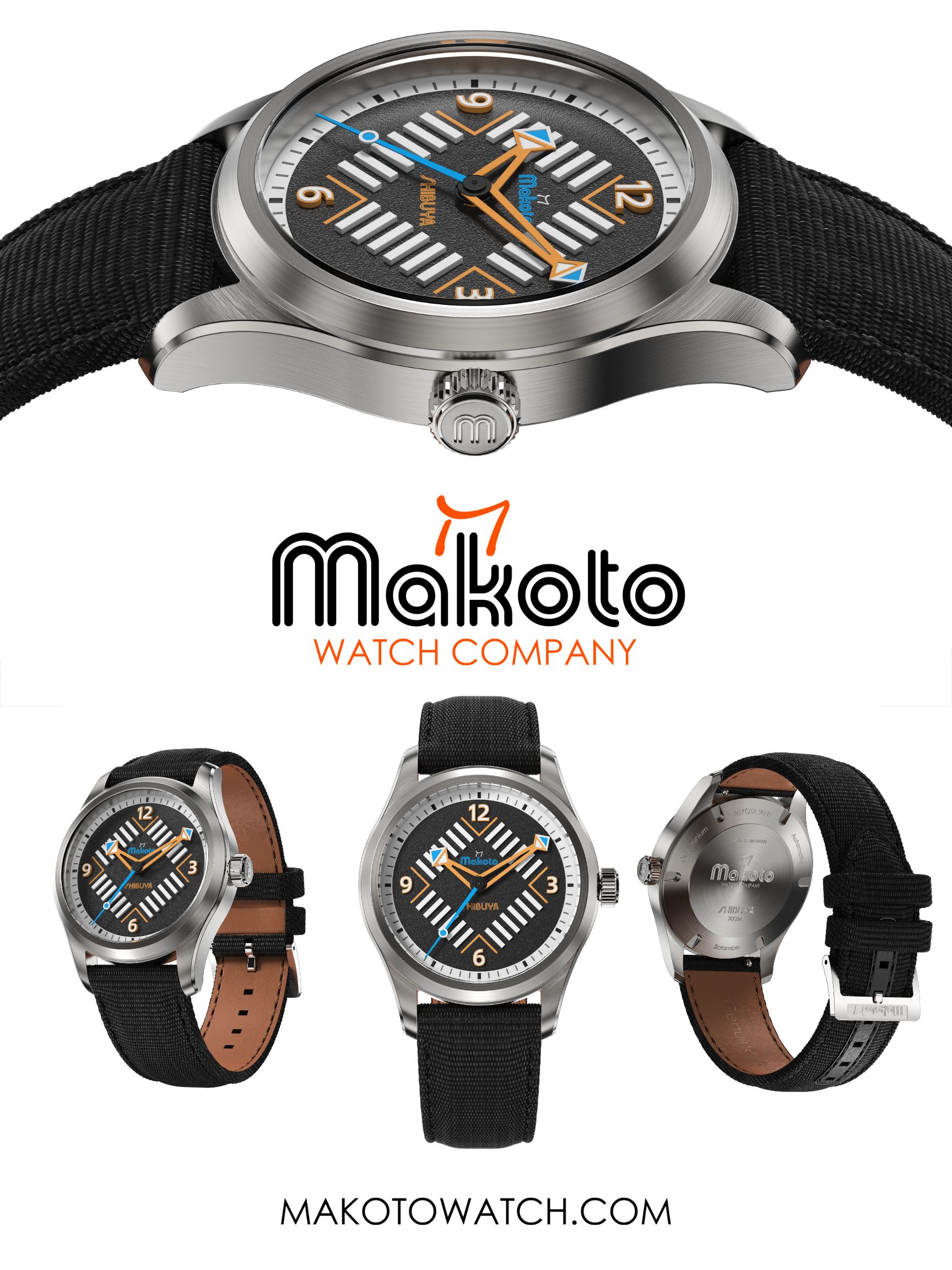
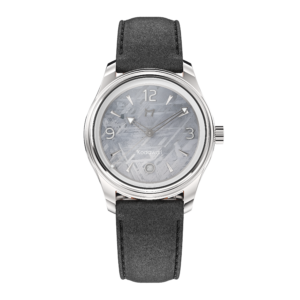
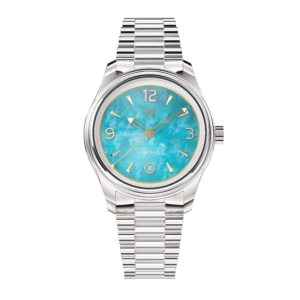

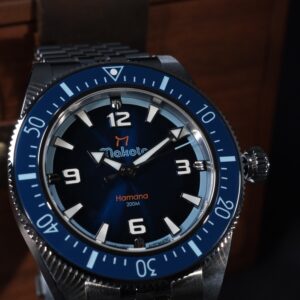
Reviews
There are no reviews yet.